Sustainable buildings, also known as “green” or high-performance buildings, are designed to effectively use energy, water, and other natural resources while providing a safe and efficient indoor environment. These buildings aim to minimize their environmental impact in terms of energy and resource use. One important component of sustainable buildings is green roofs, which can improve the energy performance of a building without the need for additional equipment. Green roofs also have benefits such as improving air quality, contributing to urban ecology, and providing innovative solutions to rainwater-related issues.
Urban heat islands are areas in metropolitan areas that are significantly warmer than the surrounding rural areas, due to the heat generated by human activities such as transportation and building density. Green roofs are designed to address this issue by adding green infrastructure to cities. They can be incorporated into new buildings or adapted to existing buildings, taking up minimal space at ground level. Green roofs are typically categorized as “extensive” or “intensive”. Extensive green roofs are lightweight with a shallow layer of growing substrate, requiring minimal maintenance, while intensive green roofs are heavier with a deeper layer of growing substrate and can support a wider variety of plant types. Intensive green roofs are also more accessible to people due to their ability to support the heavier weight.
The primary construction features of green roofs include water buffering, structural weight, and leakage prevention. Green roofs and the plants on them help retain water in the substrate and drainage layer below, with buffering capacity increasing with more precipitation and decreasing with less precipitation. The excess water can return to the atmosphere through evaporation or be slowly released into the sewage system. It is essential to ensure that the green roof, including the grass or plant layer, does not slip or collapse due to its own weight, especially when wet. The basic anatomy of a green roof includes roof structure, roof cladding, vegetation system, weed control mat, drainage layer for water discharge, filter membrane, substrate layer for nutrition, vegetation layer, and others.
Different types of green roofs are used based on the climate and design requirements. Cold roofs, for example, have a well-ventilated space that can affect outdoor conditions and potentially damage plant roots due to cold temperatures. Moisture and condensation issues may also arise. Warm roofs, on the other hand, have roofing materials affixed to the insulation, making it possible to walk on the roof after insulation. Inverted roofs have the coating completely glued, which minimizes damage and leakage risks and is among the most effective roof models.
There are numerous examples of green roof systems being used in different locations around the world. For instance, the Academy of Physical Education in Amsterdam is covered entirely by a green roof. The vegetation package on the upper roofs acts as a counter-weight for the anti-slip system on the sloping green roof, which is not directly supported by the building’s steel structure. The roof is also equipped with a fully automated irrigation system.
In addition to green roofs, green facades are another form of green infrastructure that involves growing climbing plants on the facade of a building. Climbing plants can either attach directly to the building surface or be independent, either ground-bound or non-ground-bound. Green roofs and facades provide a range of benefits, including extending the lifespan of traditional roof surfaces, protecting roofs by insulating materials to reduce temperature fluctuations, and absorbing and retaining rainwater to manage stormwater runoff in urban environments. They can also help mitigate the negative consequences of urban heat islands by reducing heat buildup on hard surfaces such as concrete, brick, glass, and asphalt, which have high thermal mass and tend to collect and re-radiate heat.
However, there are also some disadvantages to green roofs and facades, such as potential humidity-related problems and potential damage to the facade, roof, or drains.
Villa Deys, Rhenen – architect Paul de Ruiter: Light is the key concept in the design of Villa Deys and it is not just the large outer wall surface that contributes to the maximized admission of daylight. The entire southern façade is made of glass. The swimming pool acts as a light well in the middle of the house, and the light-colored floor and walls reflect natural light, reducing the need for artificial lighting during the day.
One Central Park, Sydney – designed by Ateliers Jean Nouvel and Patrick Blanc: This iconic building features a vertical green wall on its exterior, designed by renowned botanist Patrick Blanc. The green wall spans over 1,200 square meters and is home to over 38,000 plants from 383 different species. The green wall not only enhances the aesthetics of the building but also provides numerous environmental benefits, including improved air quality and thermal performance.
The Bullitt Center, Seattle – designed by Miller Hull Partnership: This commercial building is often referred to as the “greenest commercial building in the world.” It is designed to be a net-zero energy building, meaning it produces as much energy as it consumes. The building features a green roof with native plants, rainwater harvesting system, solar panels, and other sustainable features to reduce its environmental impact and promote energy efficiency.
The Edge, Amsterdam – designed by PLP Architecture: This innovative building is often hailed as the most sustainable office building in the world. It features a smart lighting system that adjusts based on occupancy and natural light, a rooftop solar array that generates renewable energy, rainwater harvesting system for irrigation, and other green building technologies. The building has received numerous certifications for its sustainability, including BREEAM Outstanding, the highest sustainability rating for buildings.
In conclusion, green roofs and green facades are important features of sustainable buildings that provide a range of environmental, social, and economic benefits. They can help mitigate urban heat island effects, manage stormwater runoff, improve air quality, enhance aesthetics, and promote energy efficiency. However, like any building feature, they also have potential disadvantages such as maintenance requirements and potential damage to facade, roof, or drains. Proper design, construction, and maintenance are essential to ensure the optimal performance of green roofs and facades in sustainable buildings. Many examples of successful green building projects around the world demonstrate the potential of these features to contribute to a more sustainable built environment.
So, the use of green roofs and facades can be considered as an effective strategy for creating sustainable buildings and promoting environmental stewardship in urban areas. Overall, incorporating green roofs and facades in sustainable building design can help create more environmentally friendly and resilient cities for the future. The continued adoption of sustainable building practices, including the use of green roofs and facades, is vital for addressing environmental challenges and promoting sustainable urban development. As we move towards a more sustainable future, green roofs and facades are likely to play an increasingly important role in building design and urban planning.




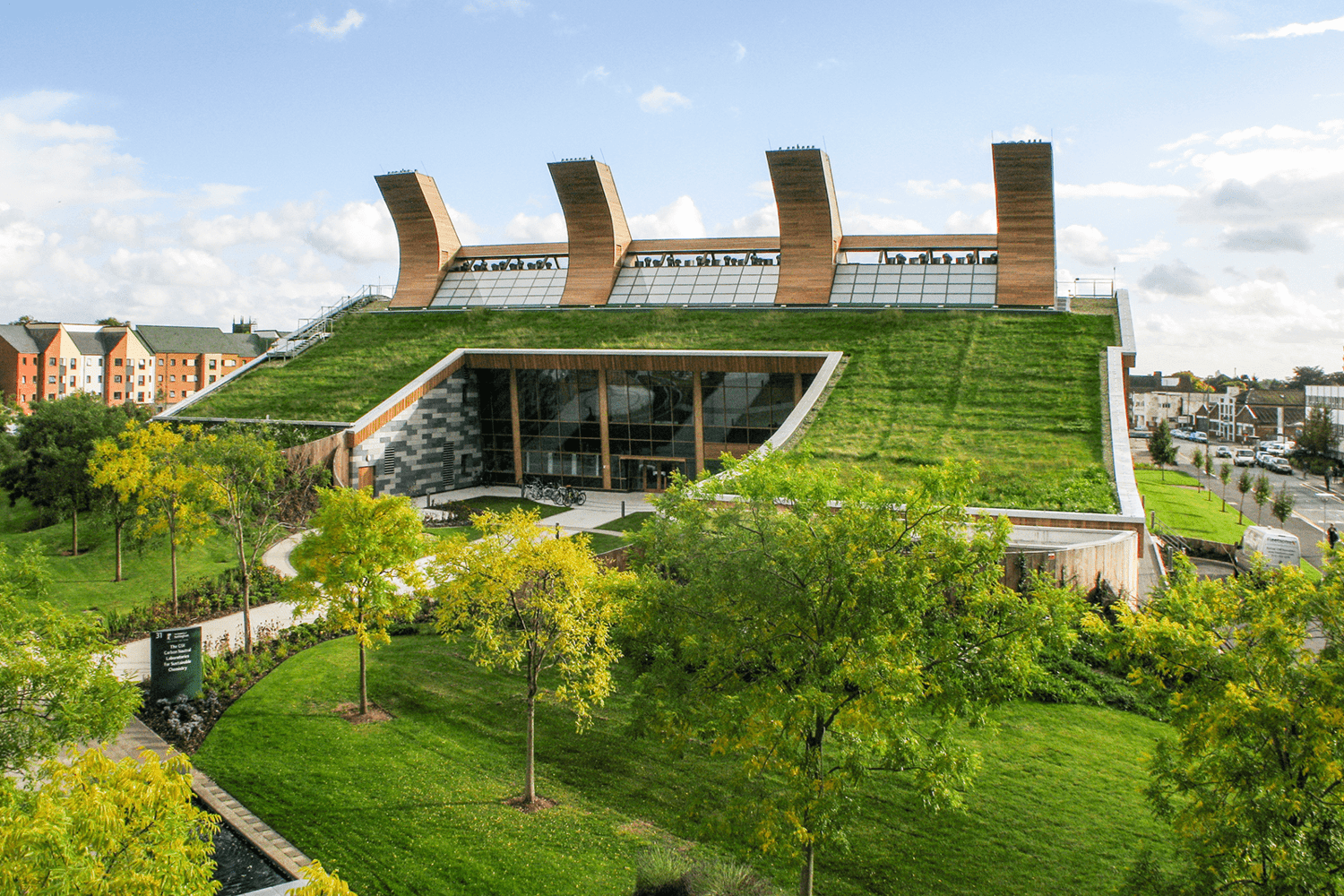
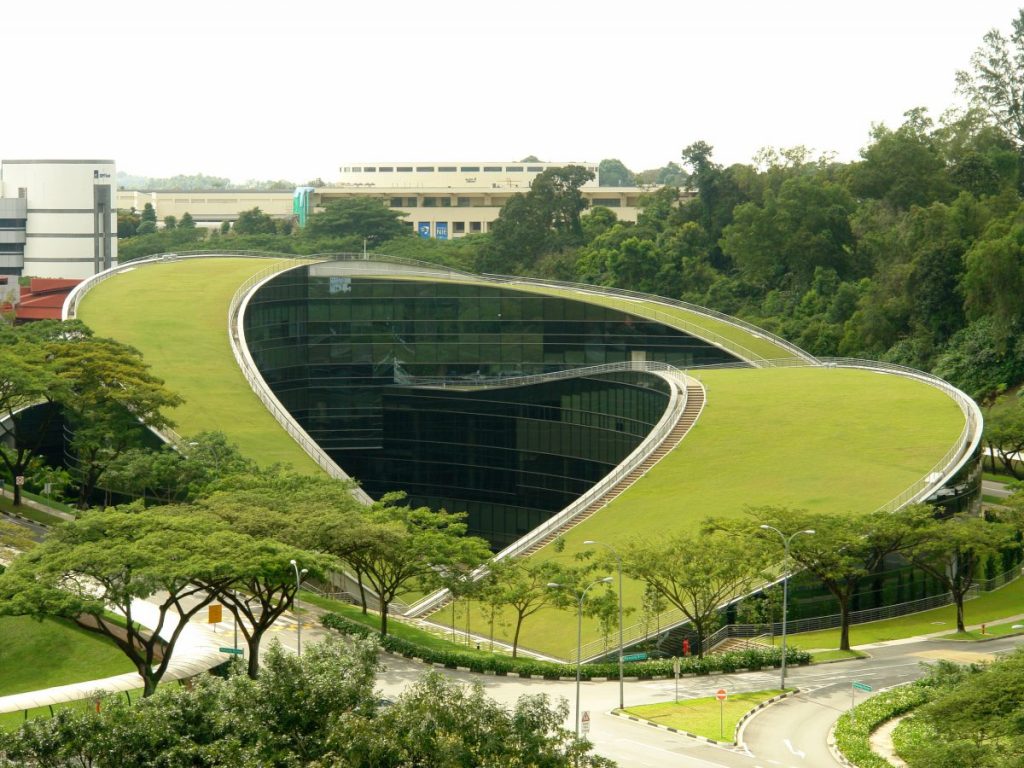
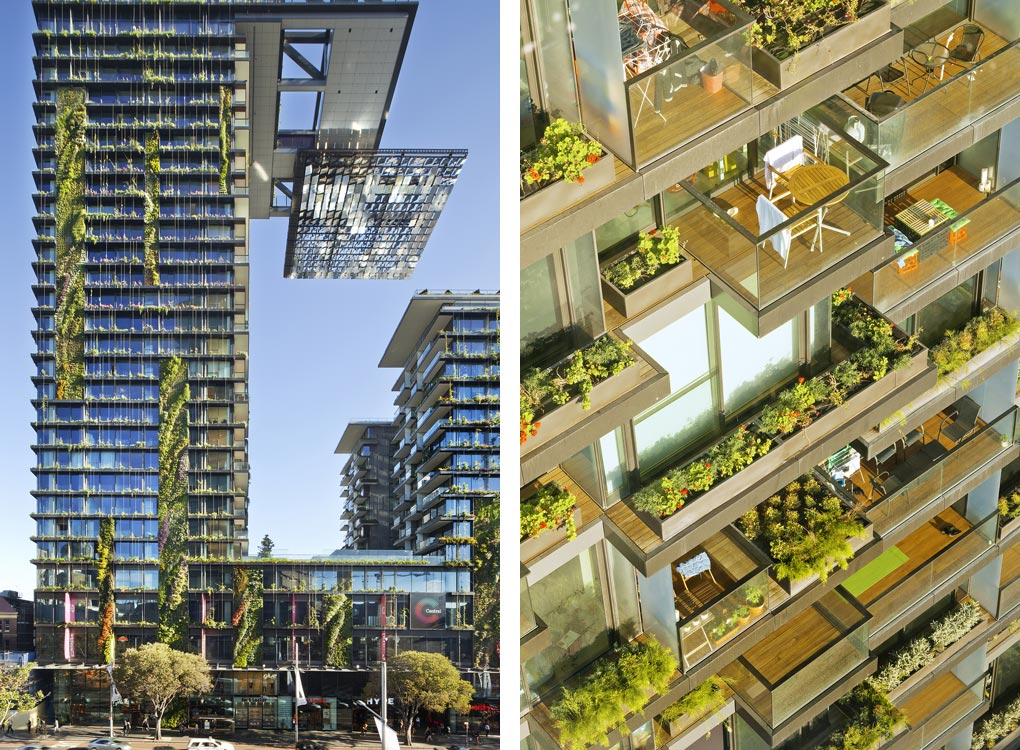
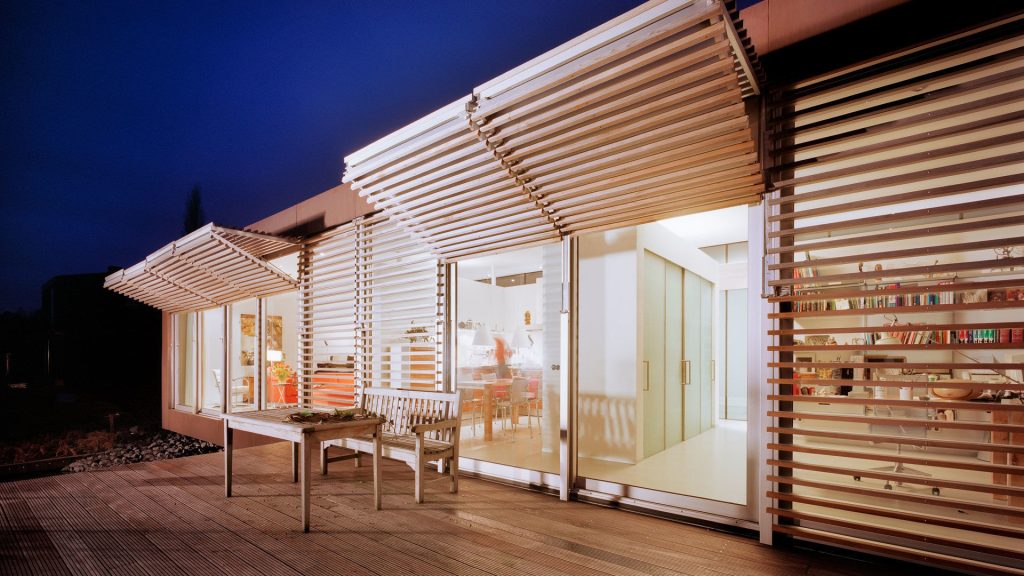
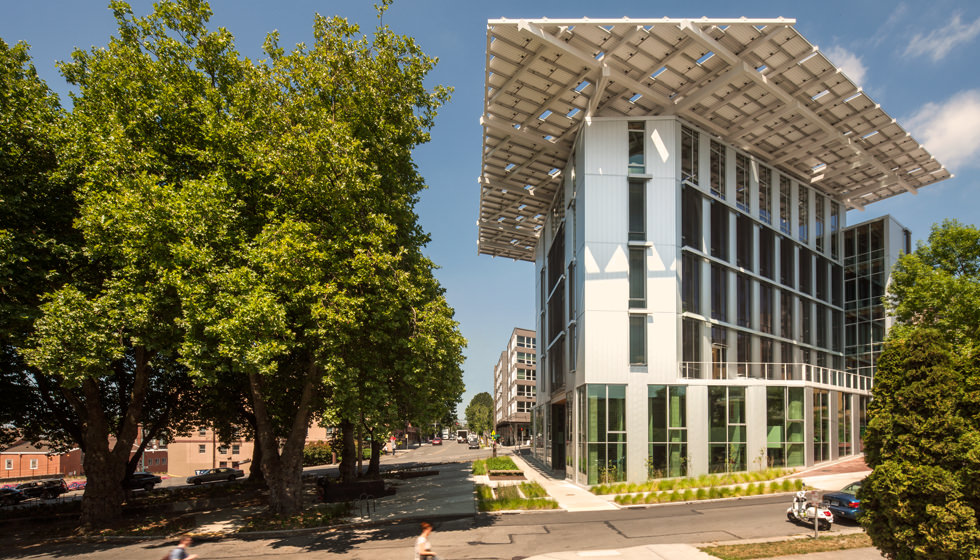
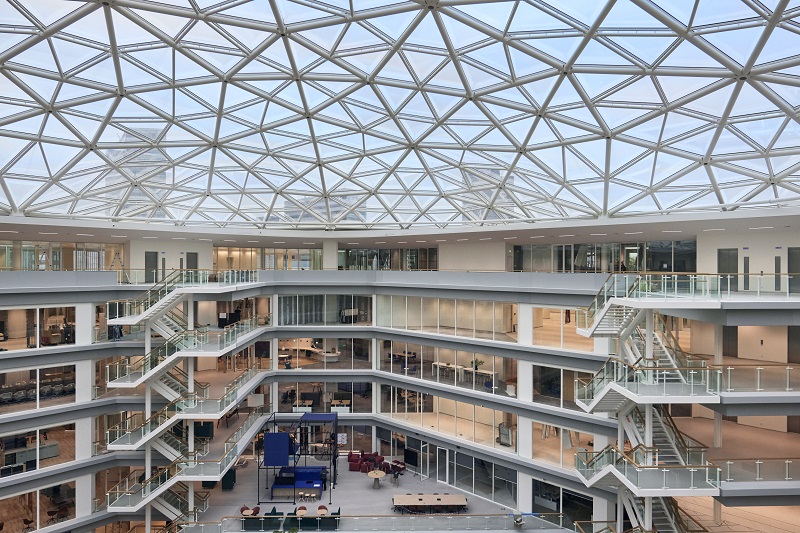














Leave a comment